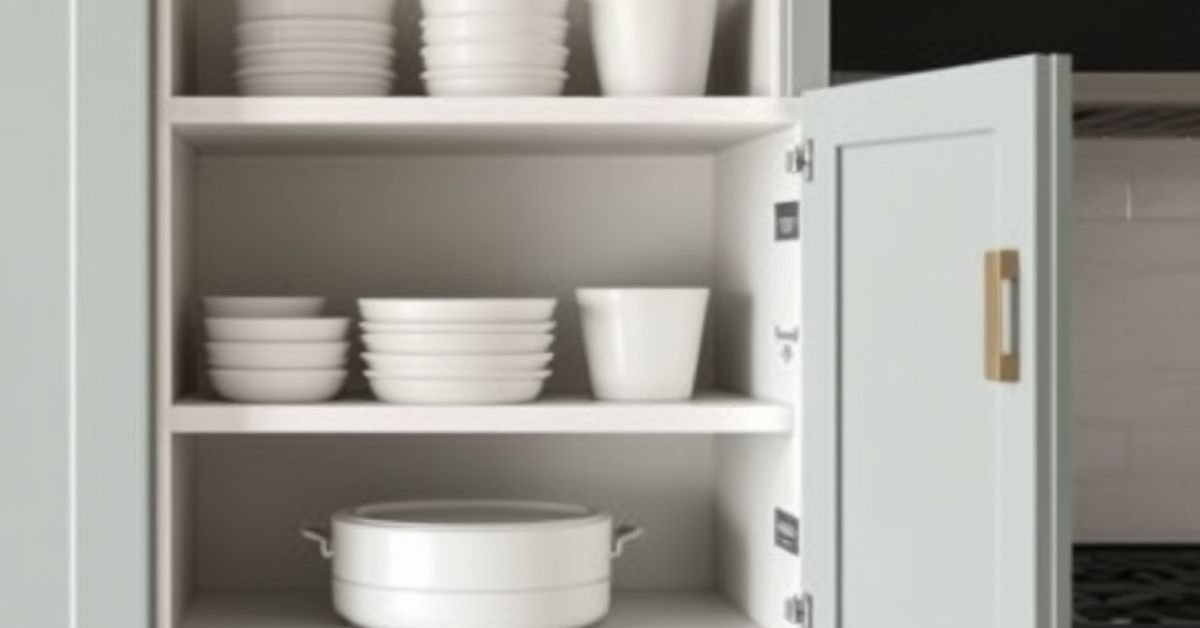
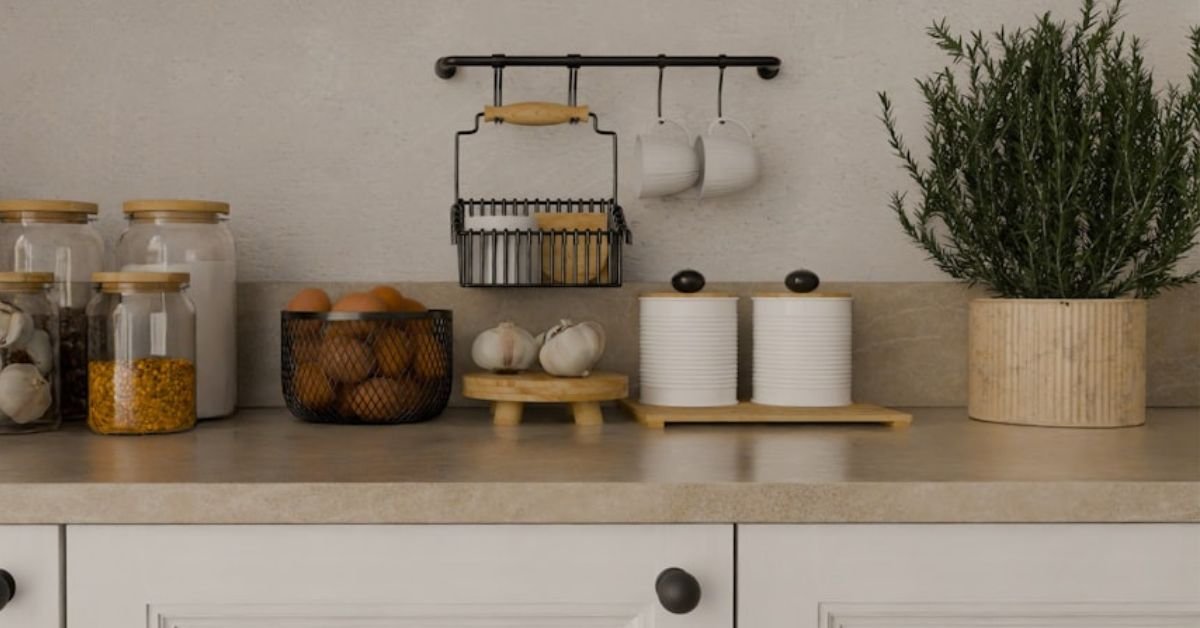
Our editorial team individually chooses every product that is suggested on neatcupkit. We might get paid if you buy something after clicking on any of these links.
Creating a functional and organized kitchen can be a rewarding DIY endeavor. Whether you’re looking to maximize a small space or simply refresh your existing layout, custom storage solutions can make a world of difference. By focusing on DIY projects, you can craft unique and efficient storage spaces tailored to your needs, adding both charm and practicality to your kitchen.
Importance of Organization in the Kitchen
Organization in the kitchen is crucial for both functionality and aesthetics. A well-organized kitchen not only improves efficiency but also transforms the space into a welcoming area. Imagine a walk-in pantry that combines the rustic charm of a cottage style with the convenience of modern storage solutions. This blend of style and functionality can truly enhance your culinary experience.
Assessing Your Kitchen Layout
Before diving into any DIY project, it’s essential to assess your kitchen layout. I designed a build for a 4×4′ corner pantry, which worked beautifully within my space. However, this method can be adapted for various pantry sizes, ensuring that your storage solutions are perfectly suited to your kitchen’s unique dimensions and requirements.
Identifying Your Storage Requirements
Understanding your specific storage requirements is key to creating an effective kitchen space. Consider what you need to store—be it dry goods, small appliances, or pantry staples. Thoughtfully arranging your pantry shelves can optimize your space, making it easier to grab essentials and keep everything in its rightful place. This thoughtful organization is the backbone of a successful kitchen storage system.
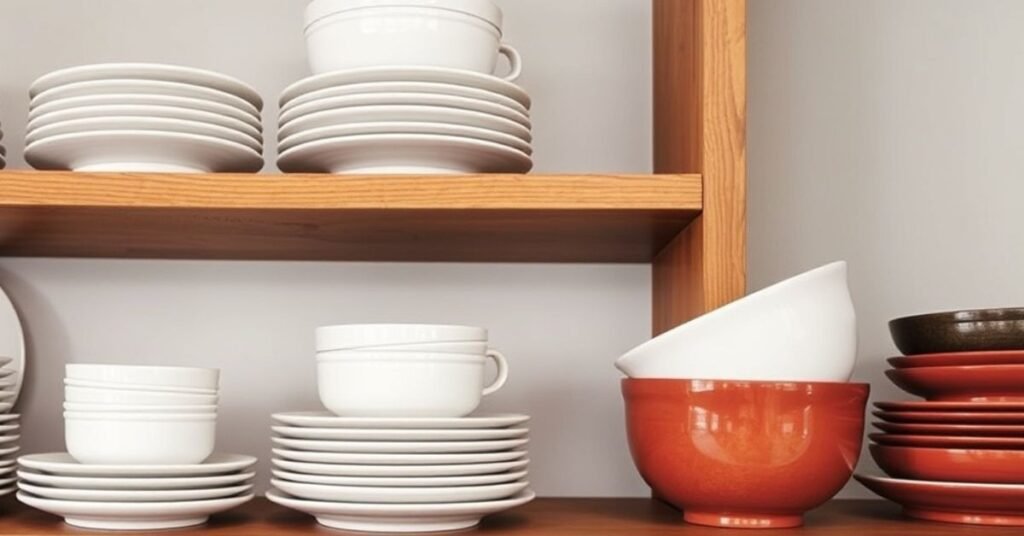
Choosing the Right Materials
When embarking on a project to build kitchen cabinets, selecting the right materials is crucial. Start with high-quality plywood for durability and a smooth finish. Consider the type of wood that matches your kitchen’s aesthetic, such as oak or maple. These materials not only enhance the appearance but also ensure longevity. Investing in quality cabinet doors and sturdy wood screws will support the structure and functionality of your DIY project.
Step-by-Step Guide to Building Cabinets
First, determine the dimensions of your cabinets by assessing your kitchen layout. I used Ana White’s plans, adapting them to fit my required height, width, and depth. This involves several crucial steps:
Create a detailed shopping list and cutting plan.
Proceed to cut your wood to size.
Use a Kreg Pocket Hole System to drill holes, ensuring a strong assembly. Apply wood glue along one edge, clamp the pieces, and use pocket hole screws for a secure fit.
Finishing Touches for Your Cabinets
The finishing touches can elevate your kitchen cabinets from functional to fabulous. Start by sanding the wood surfaces to achieve a smooth texture. Choose a finish that complements your kitchen’s style, whether it’s a classic stain or a modern paint color. Attach hardware like handles and hinges to complete the look. These elements not only enhance the cabinet’s appearance but also improve its usability, making your storage space both practical and stylish.
Designing Your DIY Pantry
Designing a DIY pantry involves strategic planning to maximize storage space and accessibility. Consider incorporating shallow open shelving for pantry staples and deeper shelves for larger items. This approach allows for easy access and efficient organization. Think about the pantry size and how it integrates into your kitchen layout. A well-thought-out design will provide ample space to store your food items while keeping everything neatly organized.
To build sturdy pantry shelves, follow these steps:
Cut 1×2 inch pine boards to your desired size and secure them to the marked studs with 2.5-inch wood screws for stability.
Cut 3/4-inch plywood for the shelves using a table saw for precision, and utilize a dowel jig for seamless corner joints.
Secure each shelf to its supports with 1.5-inch wood screws, and apply edge banding to exposed edges for a professional finish.
This method ensures a durable and polished pantry.
Choosing Pantry Doors and Storage Options
Selecting the right pantry doors and storage options can enhance functionality and aesthetics. Consider lightweight doors that are easy to open and close. Sliding doors can save space in a small pantry. Additionally, incorporate smart storage solutions like pull-out shelves and storage containers. These features facilitate organization, allowing you to efficiently store pantry staples and access items quickly. Thoughtful choices in pantry doors and storage will optimize your kitchen’s efficiency.
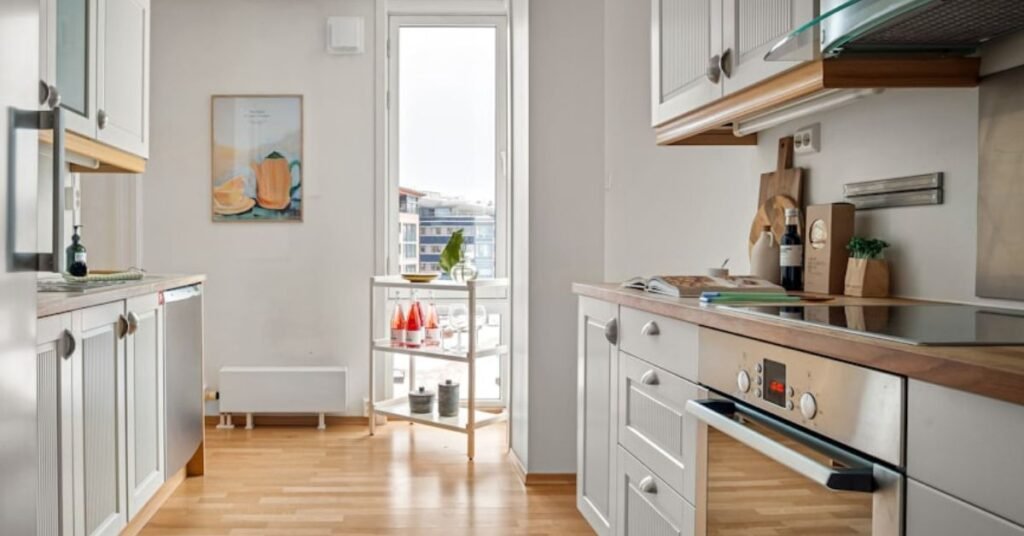
Utilizing Vertical Space
In a small kitchen, vertical space is your best friend. Installing a wire shelving unit can dramatically increase your storage capacity. Use these shelves to store kitchen appliances that don’t fit on your countertop. You can also place extra dinnerware or organize your spice jars and bulk goods efficiently. By stacking upwards, you’ll free up essential workspace and keep your kitchen organized.
Incorporating Drawer Solutions
Drawer organizers are a simple yet effective way to maximize every inch of your kitchen storage. Instead of tossing random items into a drawer, use dividers to create sections for utensils, gadgets, and other small items. This approach ensures each item has a dedicated spot, making it easier to find what you need quickly. Organizing your drawers can significantly streamline your kitchen tasks.
Easy DIY Ideas for Small Kitchens
For small kitchens, creative DIY solutions can make a big difference. Here are some ideas to maximize your space:
Install a wall rack for utensils or pots and pans to make use of unused wall space and keep your most-used items within easy reach.
Maximize under-sink storage with drawer organizers and hooks.
Showcase your most-used ingredients on shelves.
Use pot rails or Command hooks on the backsplash for additional storage for utensils.
Types of Shelves for Kitchen Use
When choosing shelves for your kitchen, consider the variety of types available. Open shelving is a popular choice for displaying dishes or pantry items, offering easy access and a modern look. Adjustable shelves provide flexibility, allowing you to customize the height for different items. Floating shelves offer a sleek design that can add visual interest to your kitchen while providing functional storage space.
Installing shelves safely is crucial to ensure stability and longevity. Begin by locating the studs in your wall using a stud finder. Anchoring shelves into studs provides the necessary support for heavier items. Use a level to ensure your shelves are even before securing them with screws. For added security, consider brackets that can handle the load of your kitchen items, ensuring your shelves remain sturdy and reliable.
Creative Shelf Organization Ideas
Creative organization can transform your kitchen shelves into a highly efficient space. Utilize containers and labels to keep pantry staples neatly organized. Group similar items together, such as baking supplies or snacks, to streamline meal prep. Consider adding tiered shelf organizers to increase visibility and access. Decorative baskets can hide clutter while adding a touch of style. These strategies make your shelves both functional and visually appealing.
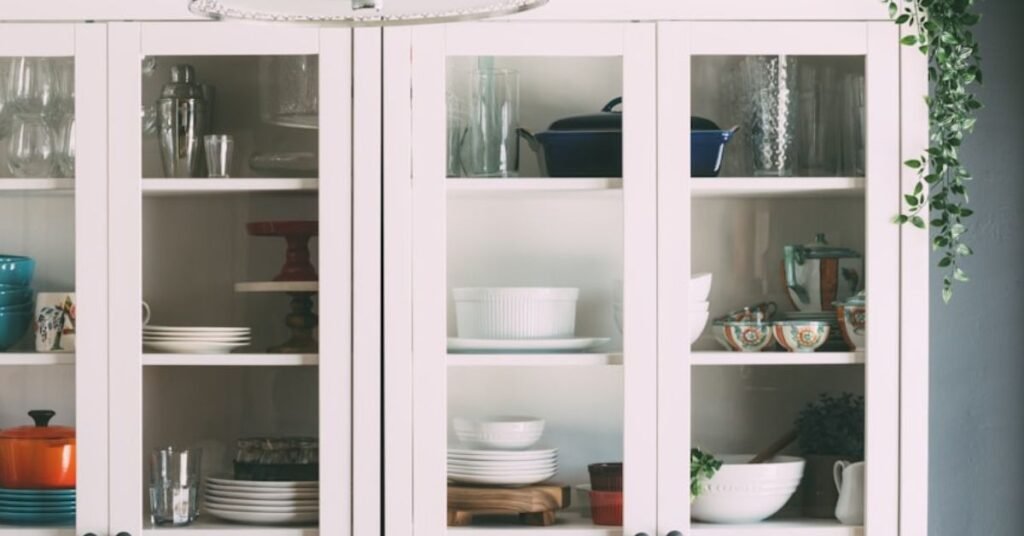
Designing a Kitchen Nook Bench
Designing a kitchen nook bench can be a delightful way to enhance both seating and storage in your kitchen. Begin by assessing your kitchen layout to determine the best location for your bench. Consider the dimensions of your space and how the bench will fit in with your existing cabinetry and kitchen appliances. A well-thought-out design ensures the bench complements your kitchen while providing comfort and practicality.
Materials Needed for Bench Construction
To construct a sturdy kitchen nook bench, gather essential materials such as high-quality plywood for the seat and backrest. You’ll also need wood screws to ensure a solid assembly. Consider using cabinet-grade plywood for a polished look. Other materials include a stud finder, brackets for support, and a drill for assembling the pieces. Selecting durable materials will ensure your bench withstands daily use.
Incorporating Storage into Your Bench Design
Incorporating storage into your bench design maximizes its functionality. Consider adding drawers or hinged doors beneath the seating area to create hidden storage space. This is perfect for keeping pantry staples, small appliances, or even cookware and bakeware organized. Alternatively, open shelving beneath the bench can offer easy access to frequently used items. Thoughtful storage integration transforms your bench into a versatile piece that enhances kitchen organization.
Affordable Materials and Tools
When building kitchen storage on a budget, start by sourcing affordable materials like reclaimed wood or plywood. Visit local hardware stores for discounts on wood screws and other essentials. Basic tools like a saw, drill, and hammer are often sufficient for most DIY projects. Opting for cost-effective materials and tools allows you to create functional storage solutions without exceeding your budget.
Repurposing Furniture for Kitchen Storage
Repurposing furniture is a creative way to add storage without breaking the bank. Consider turning an old dresser into a kitchen storage unit by adding shelves or drawers. This approach not only saves money but also gives new life to unused furniture. By creatively adapting existing pieces, you can increase your kitchen’s storage capacity while adding a unique touch to your space.
Cost-effective Organization Ideas
Cost-effective organization ideas can significantly enhance your kitchen’s functionality. Use drawer dividers to keep utensils and small tools tidy. Install wall-mounted racks for pots and pans, freeing up cabinet storage space. Employ storage containers to neatly organize pantry items and keep food storage efficient. These simple yet effective solutions help you maintain an organized kitchen while staying within your budget.
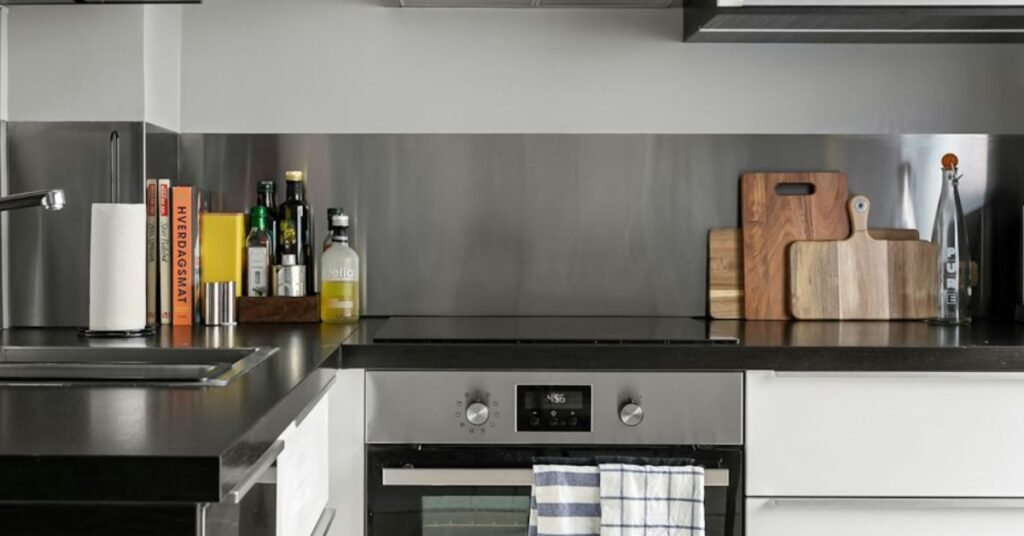
To effectively organize your kitchen, consider utilizing pantry storage solutions. A well-organized pantry not only maximizes pantry space but also keeps your kitchen clutter-free. Use deep shelves and cabinets to store pots and pans, and consider installing slide-out shelves for easy access to items. By optimizing the use of space, you can create a functional area for all your pantry items, making everything easy to grab when you need it.
Building a DIY pantry can be an exciting project that enhances your kitchen’s functionality. Use freestanding shelves or small cabinets to create additional storage in your pantry. Consider incorporating upper shelves for lesser-used items and deep drawers for easy access to food storage. Adding a knife rack or a cutting board can also help keep your kitchen organized and efficient. These ideas will help you make the best use of the available space.
Maximizing closet space for kitchen storage can greatly improve your kitchen’s organization. Use vertical space by installing pantry shelves that go from floor to ceiling. Consider using pocket doors to conceal your pantry, making it visually appealing while keeping it functional. Deep drawers can hold pots and pans, while a small cabinet can store plates and bowls, ensuring that every nook and cranny is utilized effectively.
A walk-in pantry can offer numerous benefits, including extra storage and a designated space for all your food items. By having a dedicated area, you can keep your kitchen counter space clear, allowing for more cooking and prep areas. Incorporate panels and shiplap for a stylish look, and ensure that you have adequate lighting. This can make it easier to find pantry items and keep your pantry well-organized.
Building a small pantry with deep shelves can be a rewarding task. Start by measuring your available space and planning your layout to include deep shelves for larger items. Use a sander to smooth out any rough edges on your shelves and add a face frame for a polished look. Implementing simple drawer designs can also help you store kitchen tools like pot lids and cutting boards, ensuring that your small pantry is both functional and organized.